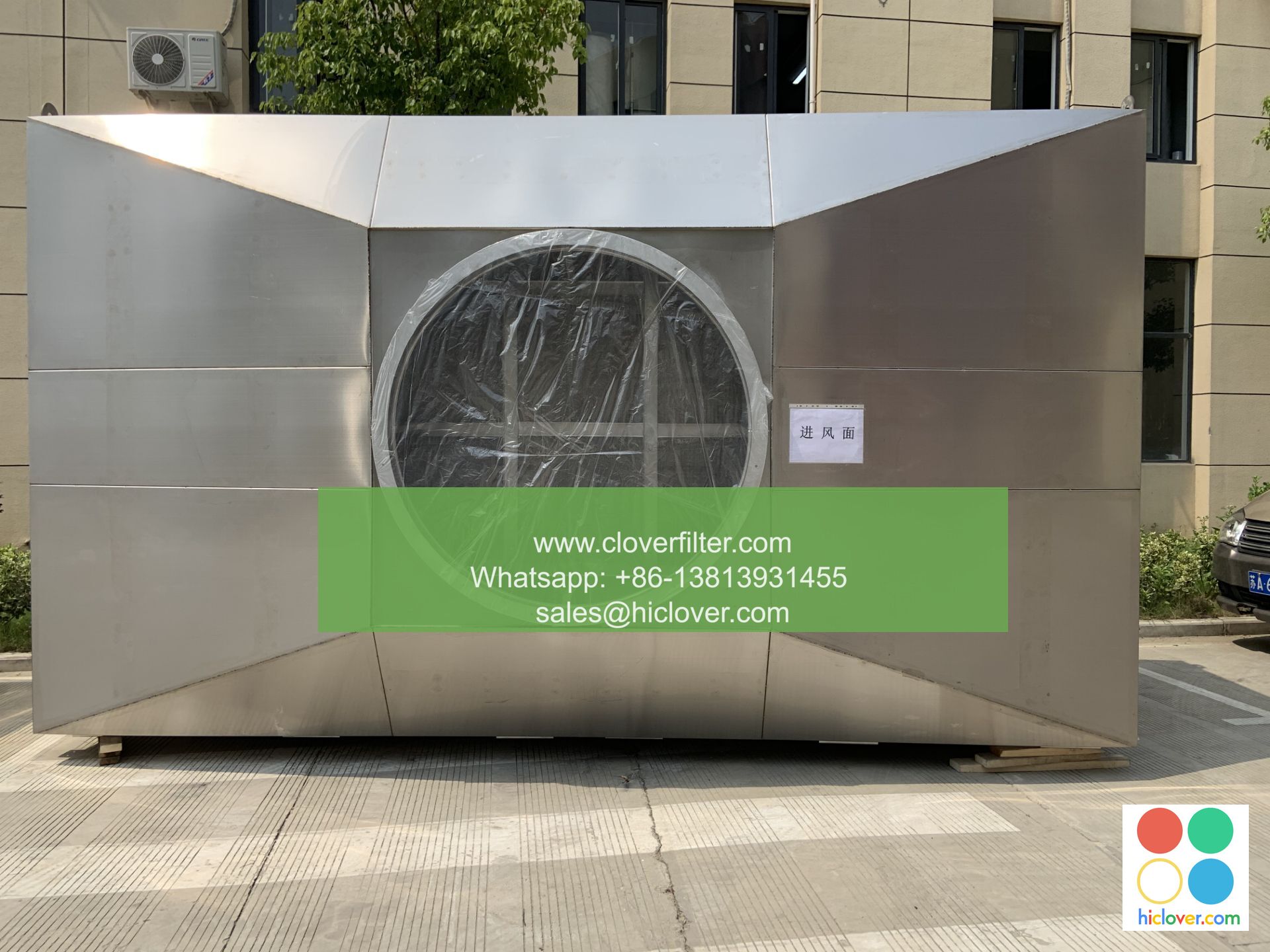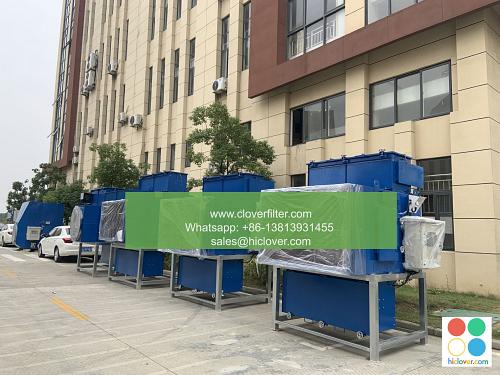Air Filter Standards: A Beginner’s Guide

Air Filter Standards: A Beginner’s Guide
What are Air Filter Standards?
Air filter standards are a set of guidelines and regulations that ensure air filters meet specific requirements for quality, performance, and safety. These standards are essential for industries that rely heavily on air filtration systems, such as HVAC, industrial manufacturing, and healthcare. In this article, we will explore the basics of air filter standards, their importance, and the various application areas where they are used.
Types of Air Filter Standards
There are several types of air filter standards, including:
- ISO (International Organization for Standardization) standards: ISO 16890, ISO 29464, and ISO 10121 are some of the most widely used air filter standards. These standards cover a range of aspects, including particle size, filter efficiency, and flow rate.
- ASHRAE (American Society of Heating, Refrigerating, and Air-Conditioning Engineers) standards: ASHRAE 52.2 and ASHRAE 52.3 are popular standards for HVAC systems. These standards focus on filter efficiency, pressure drop, and airflow.
- ASTM (American Society for Testing and Materials) standards: ASTM D7430 and ASTM D5951 are examples of air filter standards that focus on particle size, filter efficiency, and airflow.
- Particle size: The size of particles that the filter can capture.
- Filter efficiency: The percentage of particles that the filter can remove from the air.
- Flow rate: The amount of air that the filter can handle.
- Pressure drop: The decrease in air pressure across the filter.
- Airflow: The rate at which air passes through the filter.
- HVAC systems: Air filters are used in heating, ventilation, and air conditioning systems to remove pollutants, allergens, and other particles from the air.
- Industrial manufacturing: Air filters are used in manufacturing facilities to remove particles, dust, and other contaminants from the air.
- Healthcare: Air filters are used in hospitals and medical facilities to remove bacteria, viruses, and other pathogens from the air.
- Automotive: Air filters are used in vehicles to remove pollutants, allergens, and other particles from the air.
- Food processing: Air filters are used in food processing facilities to remove particles, dust, and other contaminants from the air.
- Improved air quality: Air filter standards ensure that air filters are designed to capture particles and pollutants, improving indoor air quality.
- Increased efficiency: Air filter standards help optimize filter performance, reducing energy consumption and improving system efficiency.
- Enhanced safety: Air filter standards help ensure that air filters are designed to capture hazardous particles and pollutants, reducing the risk of health problems and accidents.
- Compliance: Air filter standards help industries comply with regulations and guidelines related to air quality and filtration.
Key Words and Phrases:
Application Areas:
Air filter standards are used in various industries and application areas, including:
Benefits of Air Filter Standards:
Air filter standards provide several benefits, including:
Conclusion:
Air filter standards are essential for industries that rely heavily on air filtration systems. By understanding the basics of air filter standards, including the types of standards, key words and phrases, and application areas, industries can ensure that their air filters meet specific requirements for quality, performance, and safety.
I’m ready to assist you! What would you like to talk about or ask?


